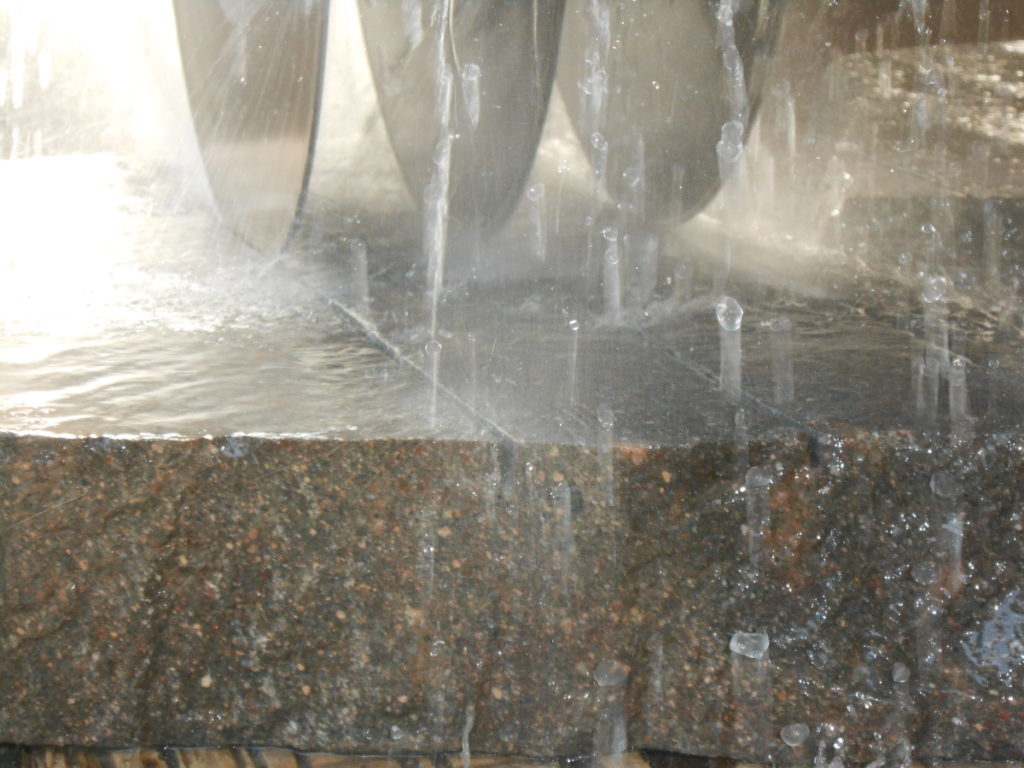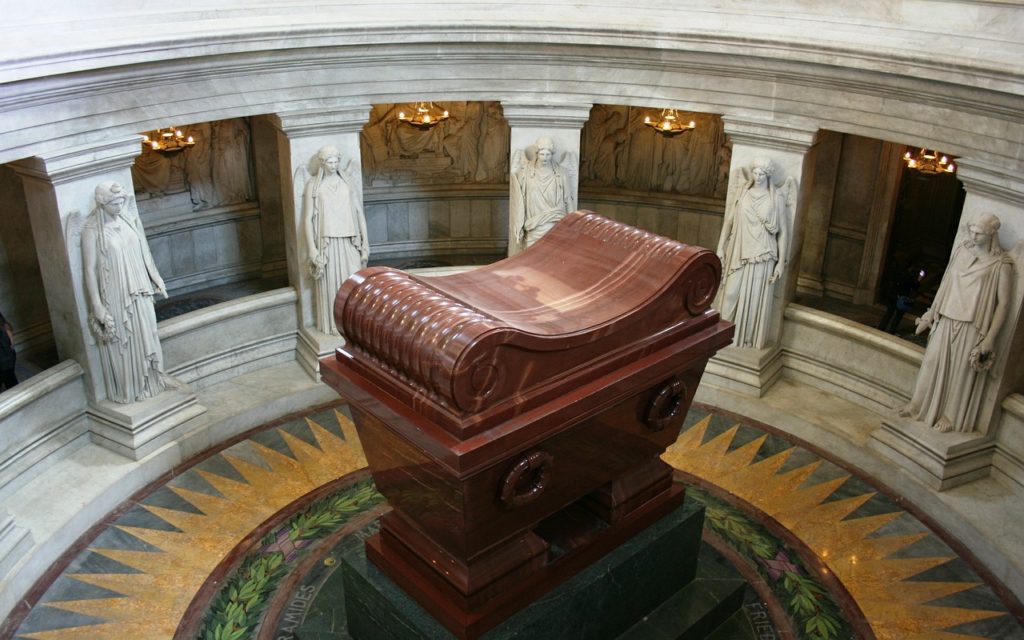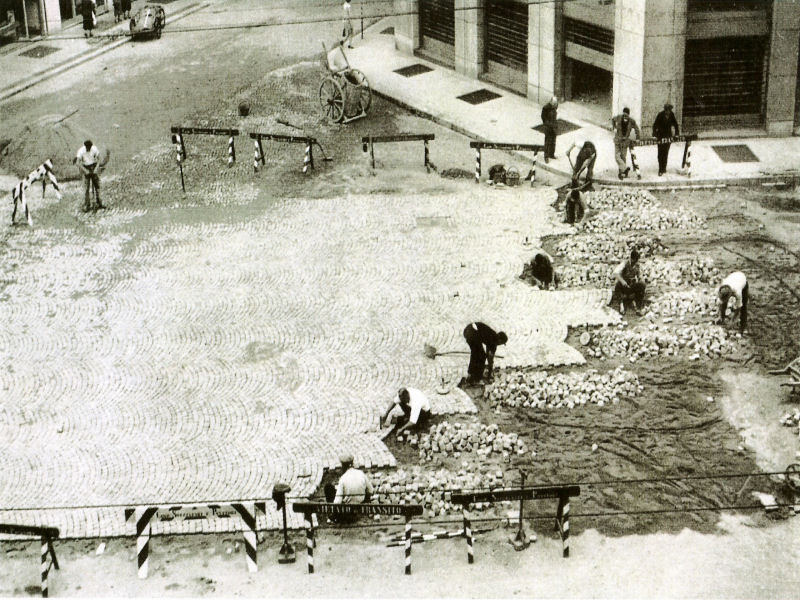A symbol of nobility and prestige, porphyry has been used since ancient times. It was used by the Assyrians and Babylonians, the Etruscans and the Romans. Associated with the divine for its noble colour and for being hard and lasting for ever, it is often found in many religious buildings and it is the material of choice in the construction of the resting places of kings and emperors. The name porphyry comes from its purple red colour which originally referred to stone quarried in Egypt (until 500 A.D. almost all porphyry came from that area) which in ancient times was called “imperial red porphyry”. Porphyry was used to decorate the pharaoh’s burial chamber in the manufacturing of columns and other precious artefacts that can still be admired today.
Porphyry throughout History
In Ancient Times
Trentino's Quarrying Industry since the 1940s
In Trentino porphyry was initially used as a building stone. Slabs were used in roofing. Thick slabs and cobblestones were used to constuct walls and pave streets.
It was only in the mid- 40s at the end of the Second World War that the extraction industry was started with the opening of a “trial quarry” in 1946. The first works, amongst which were the via Nazionale in Rome and the Central Station of Milan, were mainly road and square paving which, due to the increase in traffic, needed a material that could stand the test of time.
The 60s-80s Boom and Technical Development
The industry evolved and experienced a boom between the end of the 60s and 70s with the realization that porphyry could become a proper source of income. And so the extracting sector was born with the introduction of processing machinery, transportation and improvement of extracting techniques. In 1980 our father, Bruno Filippi, along with his brothers Fabio and Maurizio, opened their first workshop, the only one in which totally new processing techniques were used like flamed and polished surfaces with which they were able to meet the ever growing demands coming from Italy and northern Europe.





